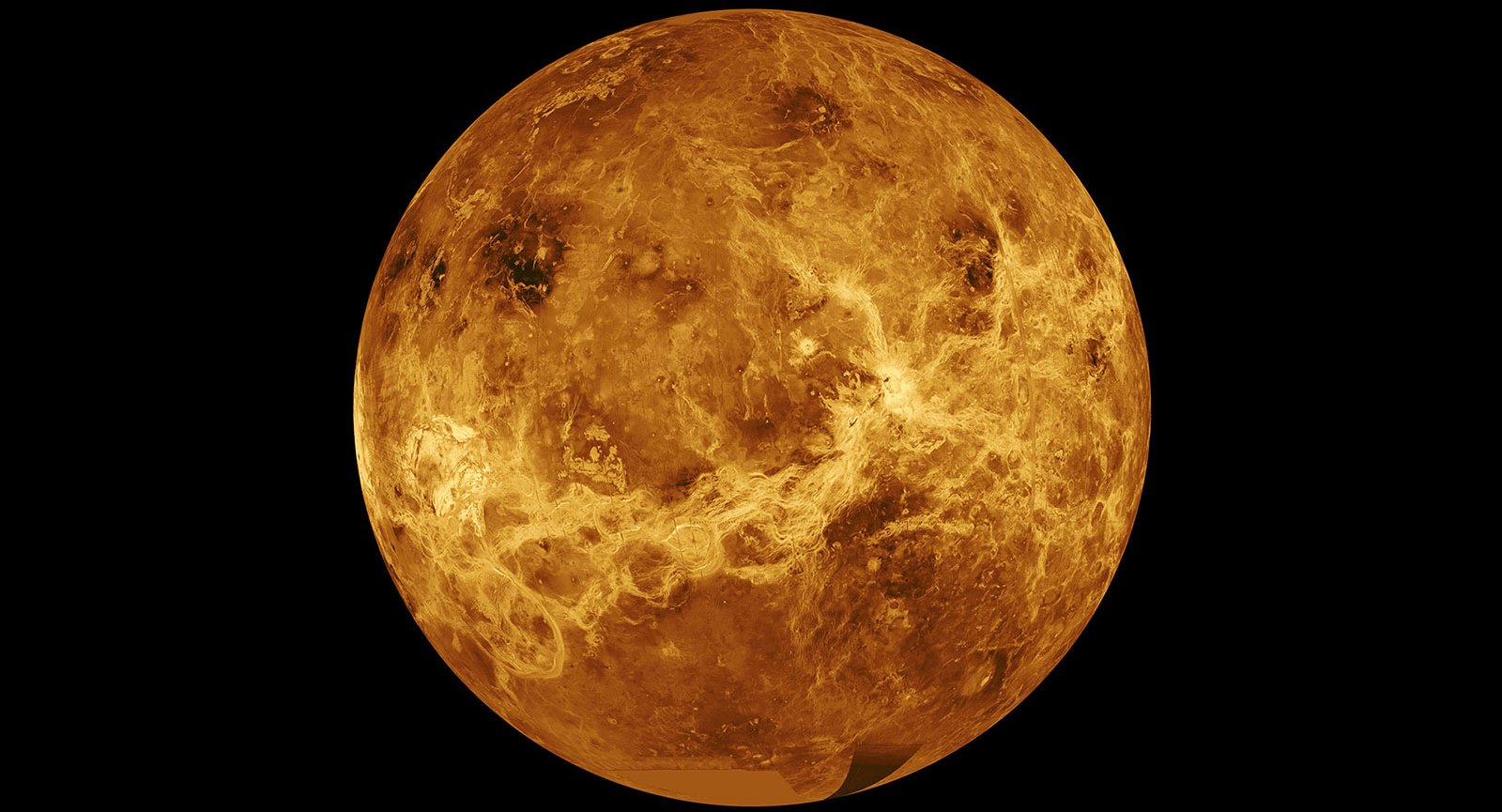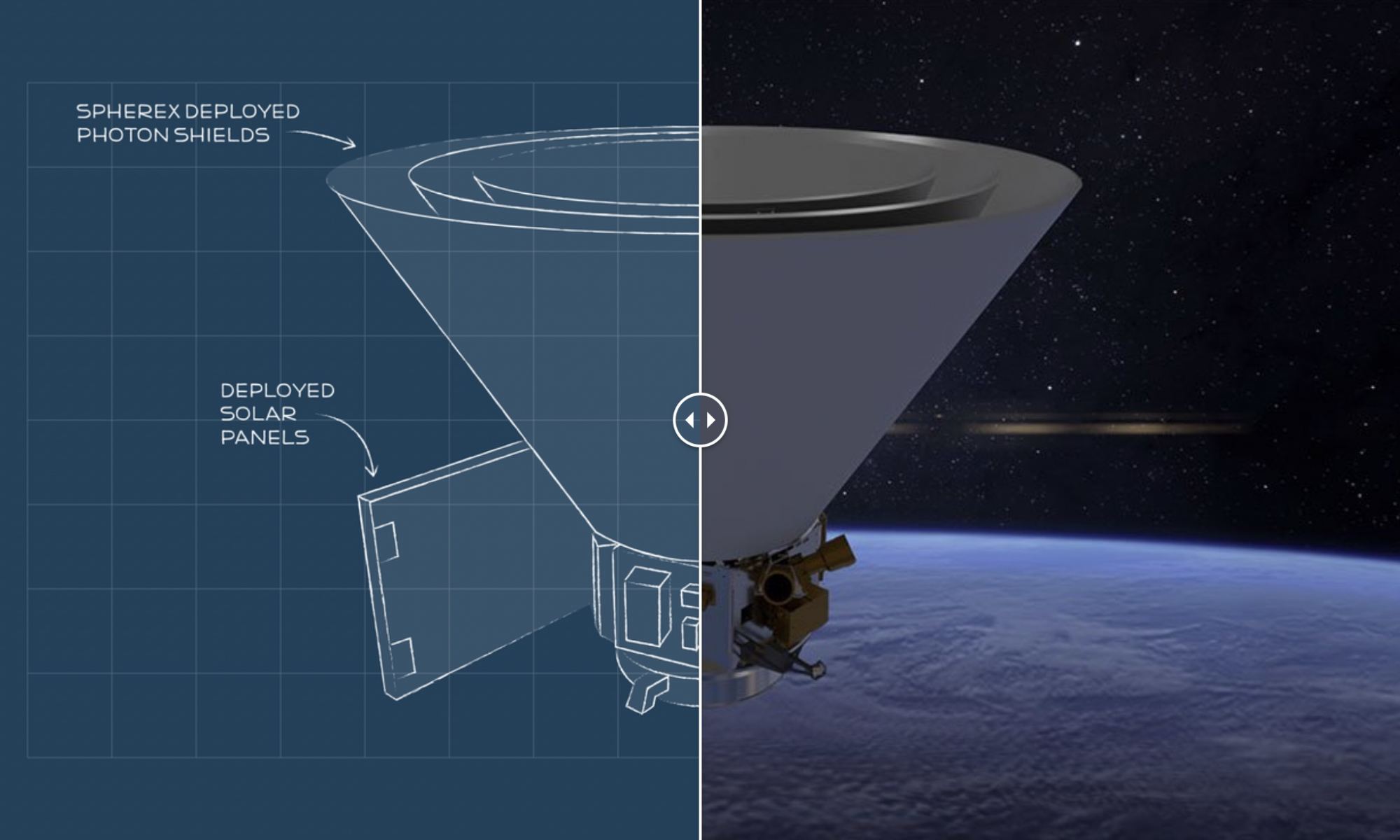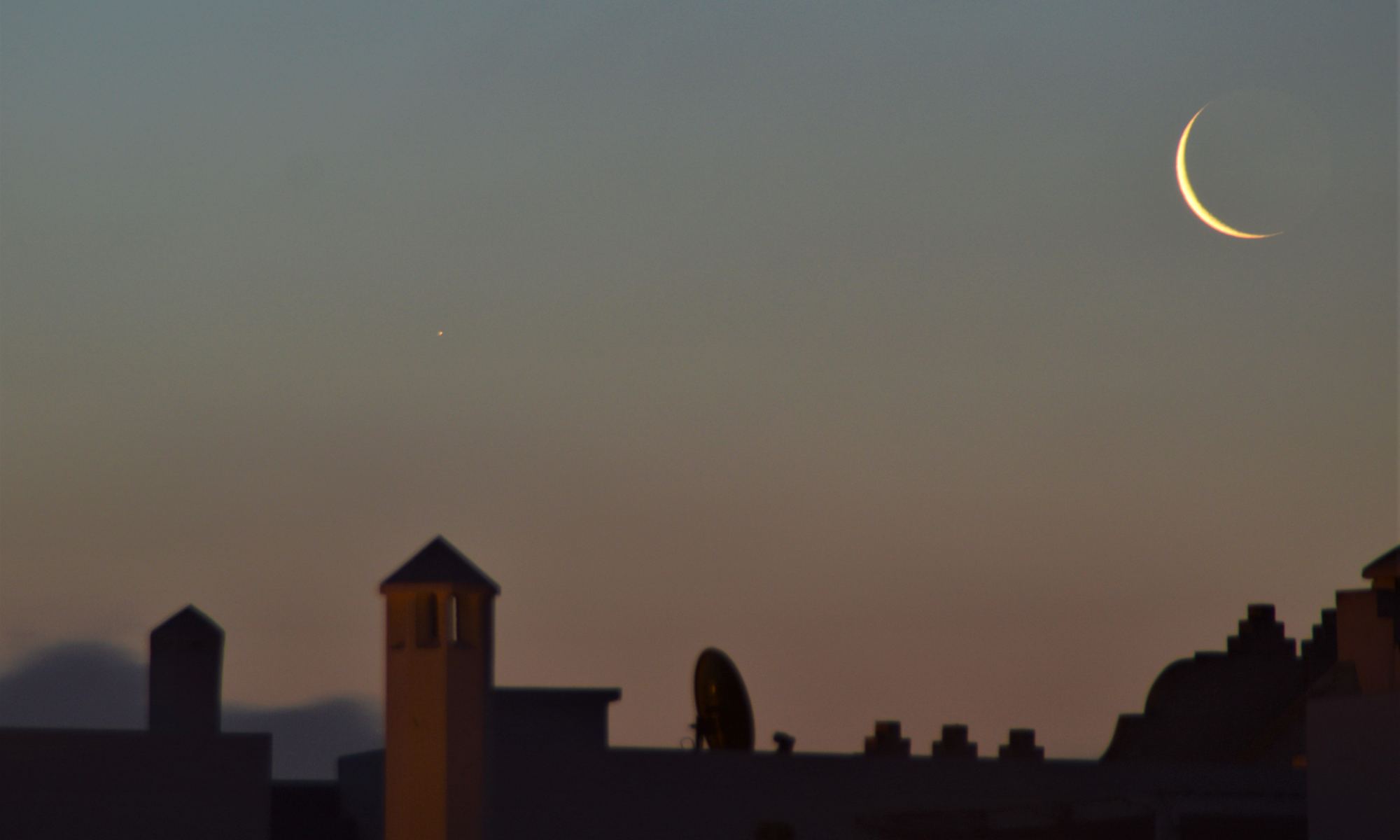Of the thousands of exoplanets we’ve discovered, most of them closely orbit red dwarf stars. Part of this is because planets with short orbital periods are easier to find, but part of this is that red dwarf stars make up about 75% of the stars in our galaxy. This propensity of close orbiting planets has some pretty big implications for “potentially habitable” worlds, not the least of which is that most of these planets are likely tidally locked to their star. Or so we’ve thought.
Continue reading “Venus' Atmosphere Stops it From Locking to the Sun”Venus' Atmosphere Stops it From Locking to the Sun










